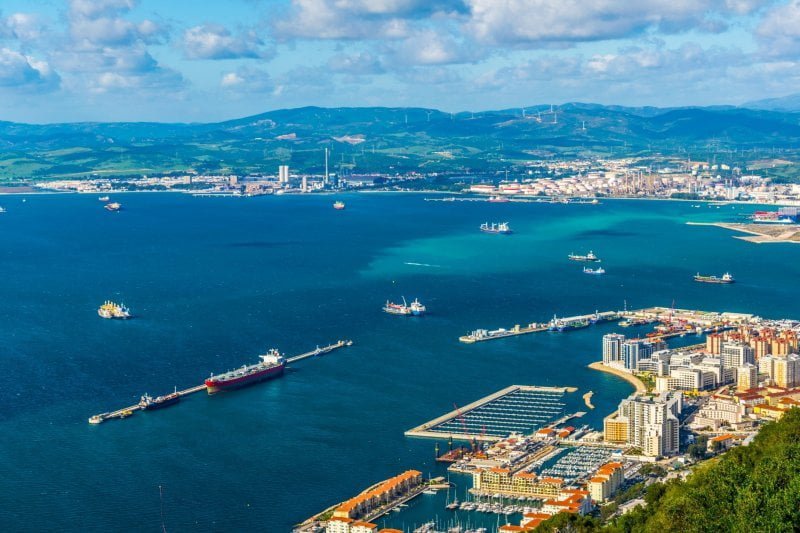We are thrilled to present an enlightening article from Glander International Bunkering, a distinguished global bunker trading firm. This article delves into the complex terrain of the bunker industry, offering insights into the resurgence of High Sulfur Fuel Oil (HSFO) and the widespread adoption of Exhaust Gas Cleaning Systems, commonly referred to as scrubbers.
While much of the bunker industry’s focus has shifted towards alternative fuels, a significant resurgence of High Sulfur Fuel Oil (HSFO) has quietly been taking place. HSFO, with its 3.5% sulfur content, was the primary bunker fuel until 2020, when the International Maritime Organization (IMO) imposed a global sulfur limit of 0.50%, leading to a surge in demand for Very Low Sulfur Fuel Oil (VLSFO). However, HSFO was not obsolete; ships had the option to install Exhaust Gas Cleaning Systems, or scrubbers, to continue using the cheaper high-sulfur product. Subsequently, shipping companies have been swiftly adopting these systems, with HSFO accounting for 32.3% of Singapore’s total demand last year, a significant increase from previous years.
Economic Considerations
The primary incentive for installing scrubbers is to achieve substantial fuel cost savings. Since the beginning of 2020, HSFO has consistently traded at a discount to VLSFO, ranging from $65 to $405 per metric ton globally. The cost of installing scrubbers varies depending on the size and type of the ship, typically ranging from $2 million to $8 million. Operating costs are minimal, with only a small increase in power consumption to run the system. Therefore, the majority of fuel savings can be allocated towards recovering the initial investment. Although installation usually requires the ship to be out of service for two to three weeks, this can be synchronized with scheduled dry-docking. Depending on the price differential between HSFO and VLSFO, scrubber systems typically pay for themselves within a few years, resulting in significant long-term profitability gains. For instance, Eagle Bulk anticipated that its $100 million investment in scrubbers would be recouped within two years of the IMO 2020 regulation.
Environmental Impact
The environmental implications of scrubbers remain a topic of debate. The majority of scrubbers in operation are open-loop systems, which discharge washwater into the sea instead of retaining it for disposal at ports. Critics argue that this practice merely transfers sulfur pollution from the atmosphere to the oceans, raising concerns about marine ecosystem impacts. However, a study funded by the scrubber industry in 2021 found no toxicity impact on fish and deemed the short-term effects on algae and crustaceans in high concentrations as acceptable. Additionally, the use of HSFO with scrubbers results in marginally lower net greenhouse gas emissions compared to VLSFO, as HSFO requires less energy for production.
Challenges and Risks
The primary challenges associated with scrubber usage relate to regulatory uncertainties and HSFO availability. Regulatory risks include potential restrictions on scrubber usage in certain waters, leading to ships being compelled to consume more expensive VLSFO and foregoing fuel savings. Although the IMO recognizes scrubbers as a valid compliance option, several port authorities have banned the discharge of washwater from open-loop systems since 2020. While these bans affect only a fraction of ships’ operational areas, there are concerns about potential wider prohibitions on scrubber usage by political entities such as the EU. Furthermore, the availability of HSFO at ports worldwide has become limited, with some suppliers ceasing to offer it due to decreased demand from scrubber-equipped vessels. This scarcity has led to increased competition and reduced discounts for HSFO, approaching parity with VLSFO in some cases.
Future Outlook
The future of scrubbers hinges on the shipping industry’s transition away from fossil fuels. Given the unlikelihood of a large-scale shift in the next decade, scrubbers are expected to remain a significant presence in the bunker market, barring regulatory interventions. Manufacturers are also exploring the integration of carbon capture systems into scrubbers, potentially extending their relevance by addressing other emissions. If economically viable and accepted by regulators, combined scrubber systems could become an attractive option for shipowners hesitant about transitioning to alternative fuels.

